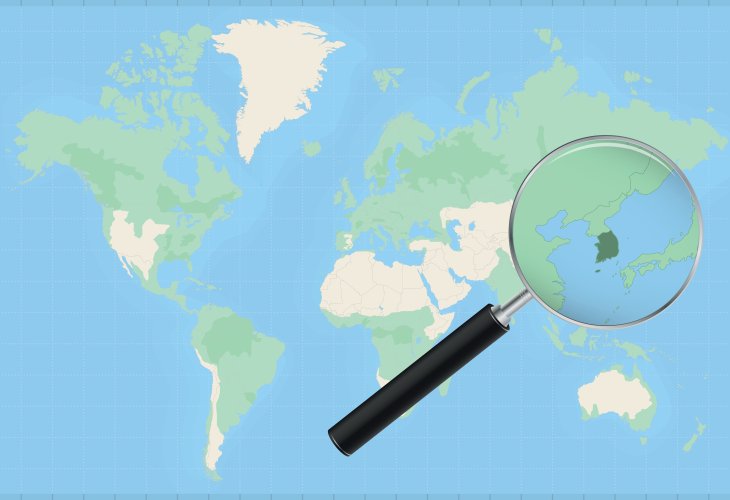In Search of God
The Talmud’s Ancient Earth Measurement Matches Modern Science
A 2,000-year-old Talmudic text estimated the world’s total area — and its calculation aligns almost perfectly with NASA’s modern measurement of Earth’s surface
 (Illustration: Shutterstock)
(Illustration: Shutterstock)Is it possible that thousands of years ago, before humanity even knew the Earth was round — before the discovery of the Americas, before ocean exploration or air travel, people had already estimated the planet’s surface area?
A remarkable passage in the Babylonian Talmud, written nearly 2,000 years ago, seems to indicate exactly that: “Egypt is one-sixtieth of Cush, and Cush is one-sixtieth of the world.” (Talmud Bavli, Ta’anit 10a)
According to this ancient text, the world’s total area is 3,600 times larger than that of Egypt (60 × 60 = 3,600). Let’s test how that ancient ratio compares to modern measurements.
Estimating Ancient Egypt’s Size
We don’t know the precise borders of “Cush” (ancient Nubia/Sudan), but historians have reconstructed the general area of ancient Egypt based on its dependency on the Nile River.
Length of Egypt
Egypt extended along the Nile, its lifeline. Using Google Earth and modern maps, the distance from the Nile Delta to the southern border with Cush is about 1,000 kilometers.
Width of Egypt
Life in ancient Egypt was confined to areas near the Nile. Settlements likely extended no more than a day’s travel — about 70 kilometers — on each side of the river. That gives a total width of roughly 140 kilometers.
Area of Egypt
Length × Width = 1,000 km × 140 km = 140,000 square kilometers.
The World’s Area — According to the Talmud
If the Talmud’s ratio is correct, the total area of the world would be 140,000 × 3,600 = 504,000,000 km². According to the Sages, the world’s surface area is approximately 504 million square kilometers.
The World’s Area — According to Modern Science
Modern science, based on satellite data and global measurement, gives the surface area of Earth as 510,100,000 km². That is less than a 1.2% difference from the Talmudic figure — astonishingly close for a text written nearly two millennia ago.
How Could the Sages Have Known?
This calculation raises fascinating questions. The Talmudic authors lived in an era when:
Most civilizations believed the world was flat or semi-spherical,
The Americas were unknown,
Oceans were largely unexplored,
And mathematical geography was in its infancy.
And yet, their traditional ratio yields a result that aligns almost perfectly with the actual size of the planet — a figure discovered by modern science only in the past few centuries.
Common Questions and Clarifications
1. Why not use the Talmud’s absolute measurements, such as “parasangs,” instead of ratios?
Absolute units of measurement change across generations, but ratios remain constant. A “parasang” (Persian mile) might vary in length over time, but a ratio like “1:60” preserves its precision.
2. Didn’t the Greek scholar Eratosthenes already calculate the Earth’s size?
Eratosthenes (3rd century BCE) estimated the circumference, not the surface area, of Earth. Moreover, ancient Greek cosmology often depicted the Earth as a half-sphere resting on animals or pillars — not a full globe as we understand it today.
3. Could this knowledge have come from Greek science?
Unlikely. The same Talmudic passage continues to describe the sizes of Gan Eden (Paradise) and Gehinnom (Hell) — spiritual realms absent from Greek thought. This indicates that the teaching is based on Jewish tradition, not Hellenistic science.
A Remarkable Observation
Regardless of how one interprets it, the simple fact that the Talmud contains a ratio that so closely matches modern data is astonishing.
It suggests that ancient Jewish sages possessed scientific or intuitive knowledge about the structure of the Earth that was far ahead of its time.
This passage appears in the Hebrew book “Interwoven Worlds” (עולמות משתלבים), which explores how traditional Jewish texts and modern science converge in surprising and elegant ways.

